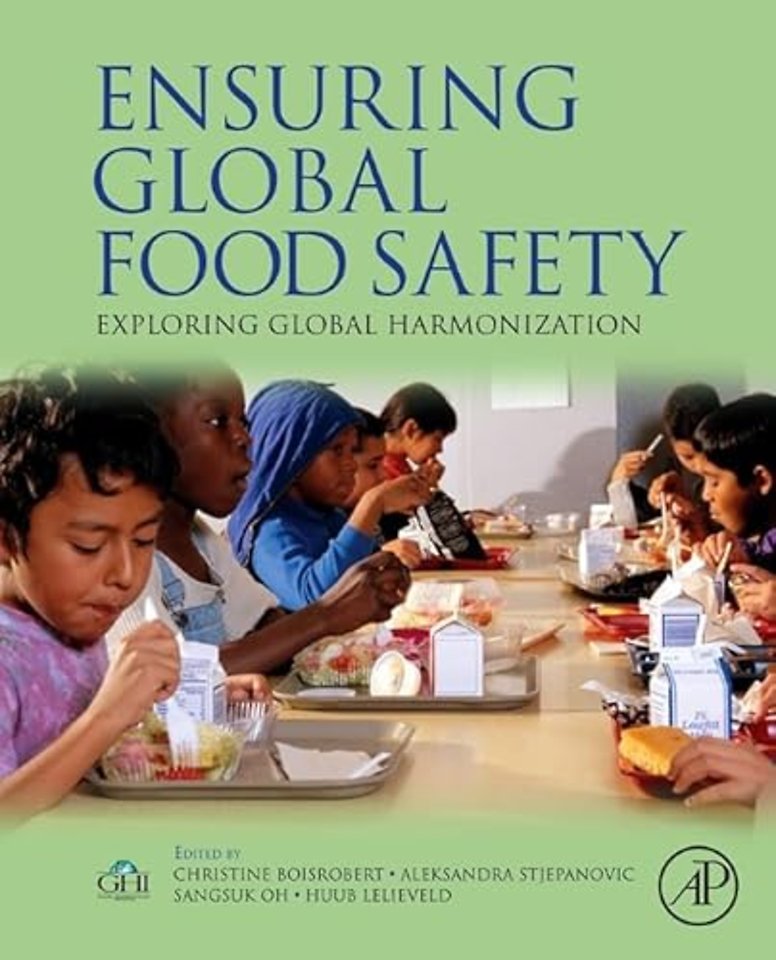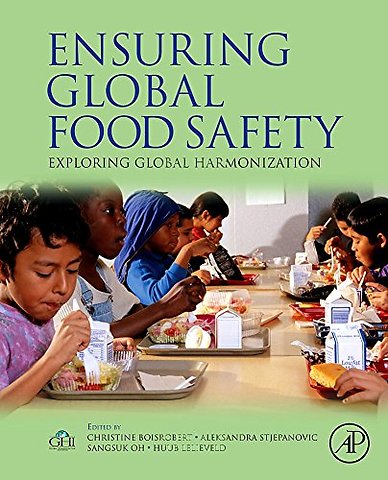<p>Preface; Ensuring Global Food Safety - A Public Health Priority and a Global Responsibility; Development of Food Legislation around the World; The Global Harmonization Initiative; A simplified guide to understanding and using Food Safety Objectives and Performance Objectives; Global harmonization of analytical methods; Water determination in food; Testing for Food Safety Using Competent Human Liver Cells; Capacity Building-Harmonization and Achieving Food Safety; Global food safety analysis capacity building: building capacity for Microbial Food Safety; Global harmonization of the control of microbiological risks; Towards Intended Normal Use (Part I): A European Appraisal of the Chloramphenicol Case and some Thoughts on the Potential of Global Harmonisation of Antibiotics Regulation; Mycotoxin Management: An International Challenge; Monosodium-Glutamate in Foods and its Biological Effects; Food Packaging Legislation: Sanitary Aspects; Nanotechnology and Food Safety; Novel food processing technologies and regulatory hurdles; Nutrition and bioavailabilty: sense and nonsense of nutrition labelling; New RDA's and Intended Normal Use (Part II)-Efficient Toos in the Universal Management of Risks and Benefits of Micronutrients; Nutraceuticals-possible future ingredients and food safety aspects; Harmonization of International Standards; The First Legislation for Foods with Health Claims in Korea; Bioactivity, safety and benefits of traditional and ethnic foods; Processing issues: acrylamide, furans and trans fatty acids; Managing low level chemical contaminants in foods</p>

